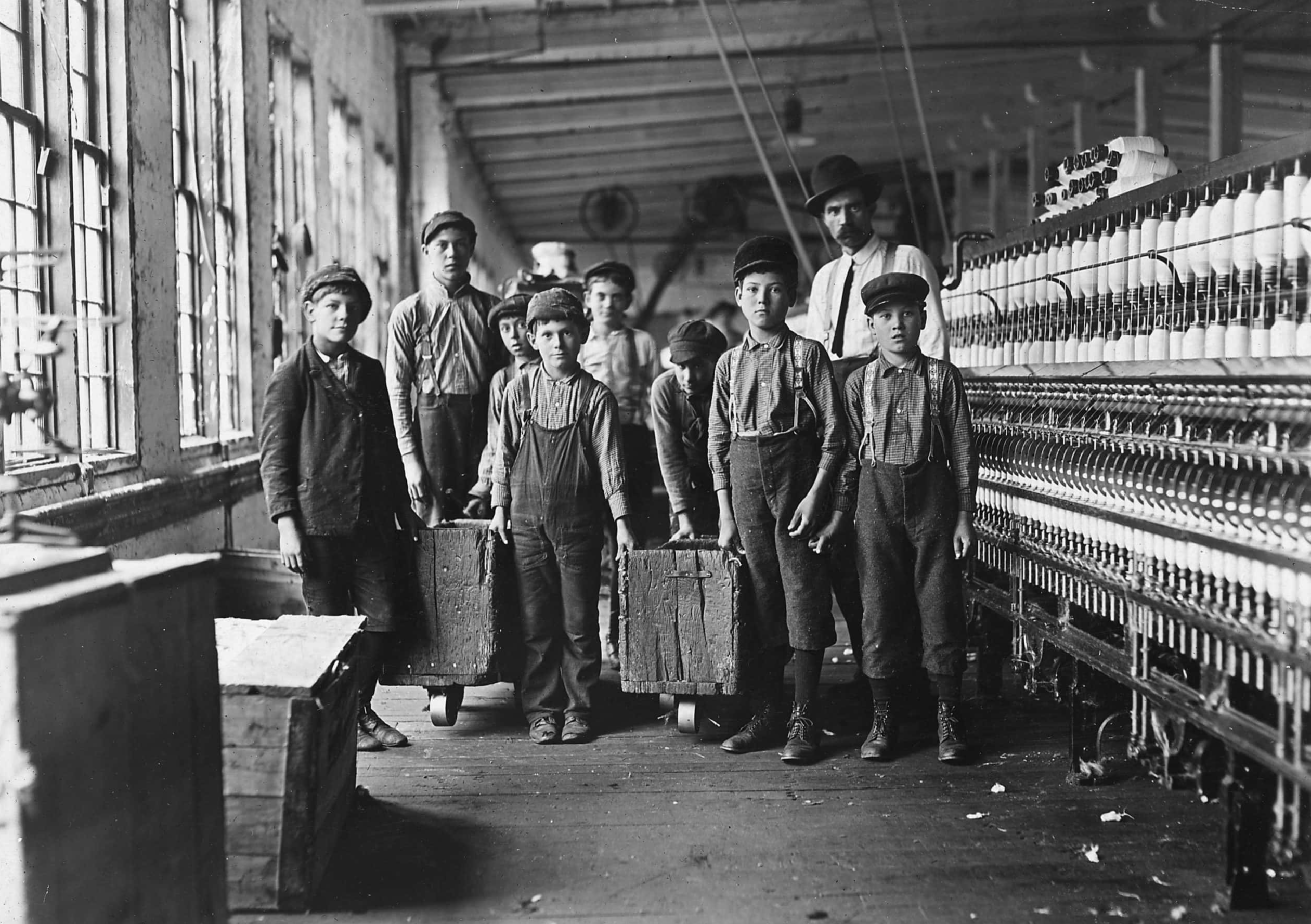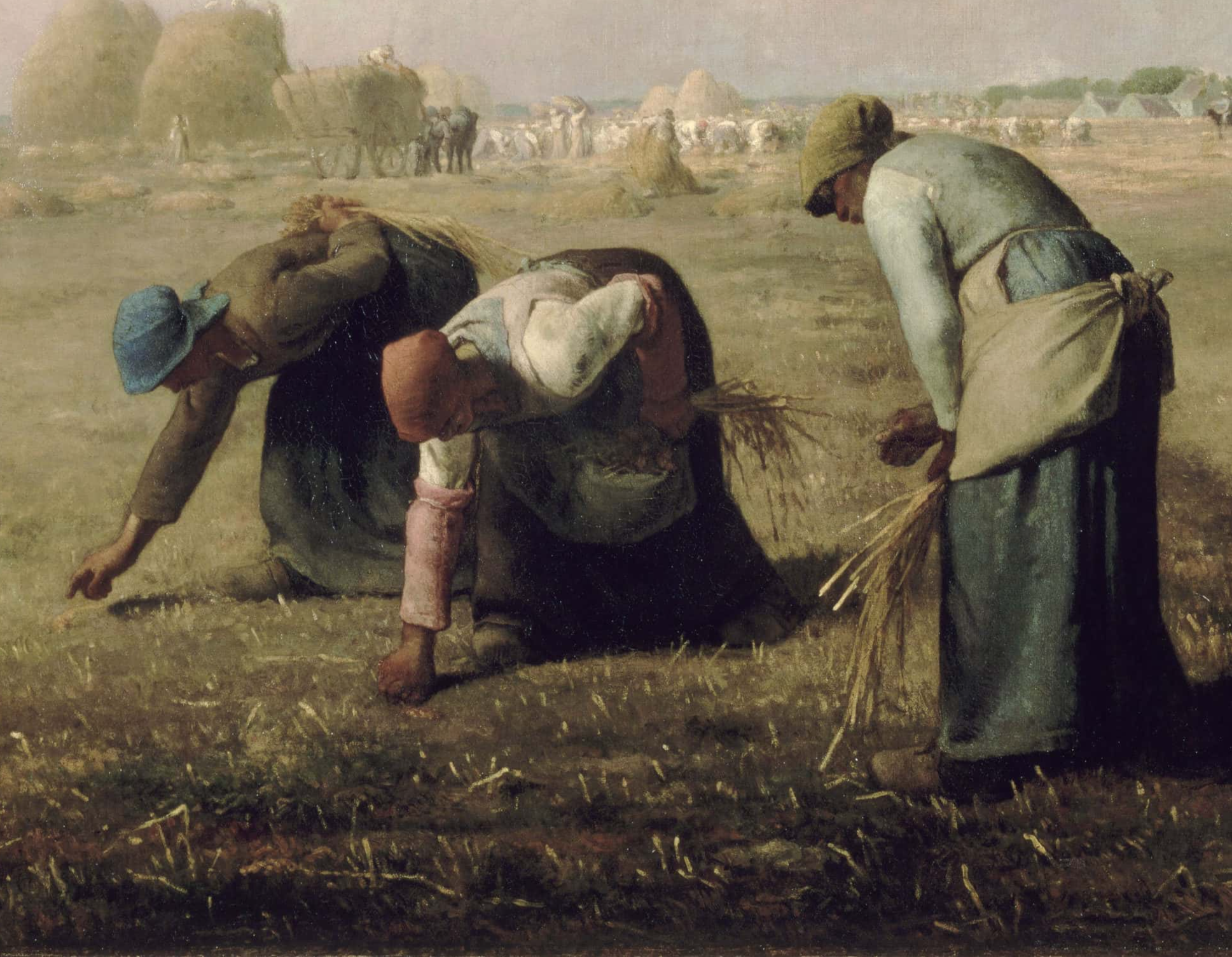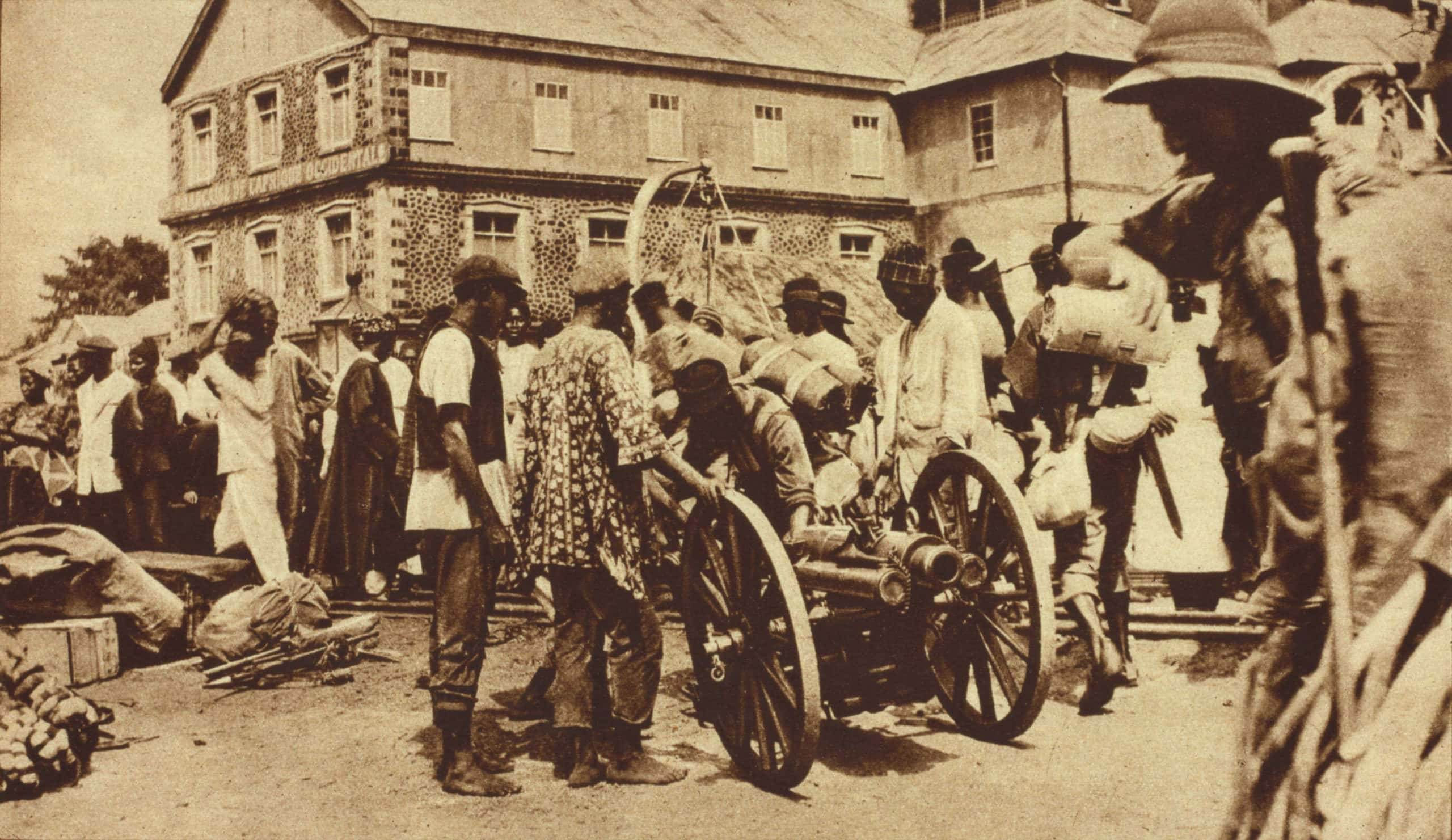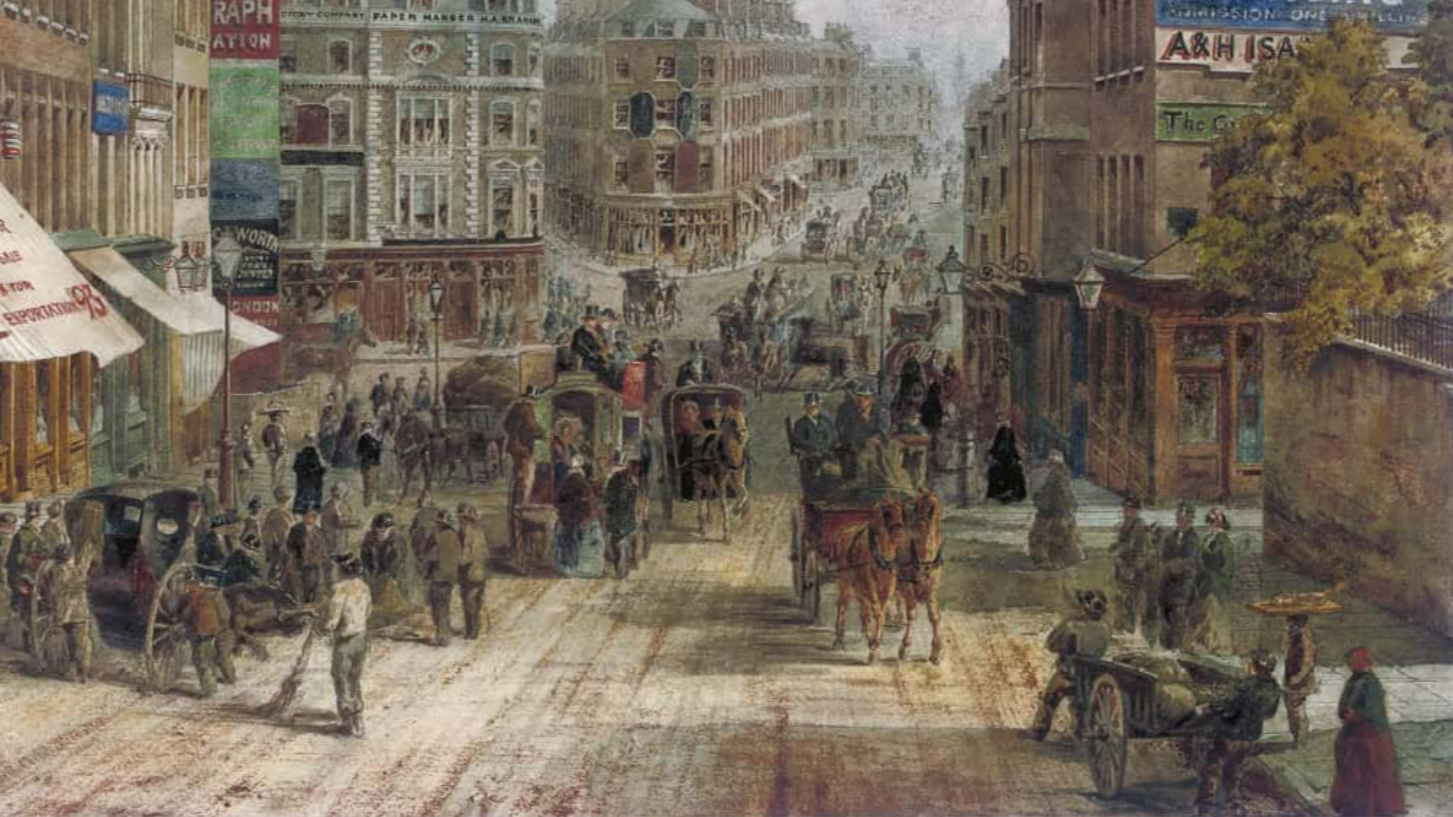The Industrial Revolution, a period of unprecedented labor and economic growth, came with a price. Though some flourished under the hard, long, machine-driven working hours, many were exploited and abused. Still, it can't be denied that the technological advances that the Revolution brought about completely changed the world that we live in. Here are 24 hard but true facts about the Industrial Revolution.
24. Working for Pennies
During the Industrial Revolution, the typical factory worker made 10 cents an hour and worked a 10-hour day. This amounted to 20 to 30 shillings per week—if you were a male worker.

23. The Original Wage Gap
Women laborers and factory workers were paid significantly less—up to a third—when compared to male workers. On average, women earned seven shillings per week. For children, it was even worse, as they earned between two and four shillings per week.
22. Putting the Kids at Risk
It’s estimated that during the 1800s in Britain, half of factory workers were under the age of 14. In America, 750,000 children under the age of 15 were working in factories by 1870.
21. A Time for Breakfast
The Industrial Revolution cemented breakfast as the most important meal of the day. Laborers, who were expected to work long, grueling hours, woke early before the start of their shift and ate a meal.
20. Stay Smart
One of the benefits of the Industrial Revolution for English children was compulsory schooling. The Factory Act, passed in 1833, mandated two hours of schooling per day for each child. This was a big step in making public education a social service offered by the Government.
19. Care for a Drink?
During the British Industrial Revolution, modern plumbing hadn’t fully come to many of the most populated cities. As a result, human waste was often collected in cesspits under housing. It was also drained into rivers, polluting the drinking water.
18. What Goes Out Goes Back In
Poor plumbing and lack of sanitation planning in Industrial Britain led to two serious outbreaks of cholera. In the 1831-1832 outbreak, it’s estimated that 7,000 people passed from the disease. Between 1848-1849, an additional 15,000 people perished from cholera in London.
17. It’s Getting Hard to Breathe
Tuberculosis (TB), a bacterial infection that infects the lungs and impacts their ability to breathe, was the most consistent cause of passing during the British Industrial Revolution. Between the poor sanitary hygiene, the lack of nutrition, and close living quarters, TB ended one-third of the passed British population between 1800 and 1850.
16. Closed Shut
Prior to the Industrial Revolution, peasant farmers in rural areas had access to open fields that could be used to cultivate agriculture, breed livestock, and catch fish. However, through a series of Acts by Parliament called the Enclosure Acts, the Government began privatizing farm land. Peasant farmers lost access to a collective, open method of harvest and production. This pushed farmers into the cities, where they became factory workers, while the wealthy and politically connected obtained private slices of fertile soil.

History's most fascinating stories and darkest secrets, delivered to your inbox daily.
15. Cut from Bad Cloth
Cotton cloth became Britain’s chief export during the Industrial Revolution. Slave labor, made up of British-owned African slaves working on plantations, was responsible for providing factories with raw cotton.
14. Lighting the Way to Safety
In early 1800s England, mining was dangerous business. Miners' only option to see in the dark, methane-gas-filled areas was an open flame candle. This scenario caused many explosions and many deaths. Then Humphry Davy created the miner’s safety lamp, a candle with a heat-absorbing metal mesh wrapped around the outside that lowered the temperature enough to prevent the methane from combusting. While deaths from mine explosions were reduced, Davy’s invention also allowed mining companies to demand that their employees dig deeper.
13. Keeping it in the Colony
Because the Industrial Revolution began in Great Britain, the country had a significant trade advantage over the rest of the world. One of the ways Britain exploited this was by selling only British finished goods to its colonies. It helps to have the biggest empire in the world.
12. Man vs Machine
The Luddites, led by a likely fictional character named Ned Ludd, were disgruntled artists and craftsmen angry that machines were replacing them in the labor force. Beginning in 1811, the Luddites attack British army, burned factories, and destroyed machinery in protest of industrialization. The Luddites were either ended by army, executed by the Government, or sent to lock up in Australia.
11. Built on Shaky Grounds
The railway system made the storage and transportation of cargo and people quicker and more efficient than prior methods of wagons, horses, and carriages. George Hudson, a railway entrepreneur who rose to own one-third of the railway lines in Great Britain, ran a Ponzi scheme to finance operations and his aristocratic lifestyle. Using the dividends from his stock, he paid existing investors with the profits from new investors, all while increased competition from other companies sent share prices and operations plummeting.
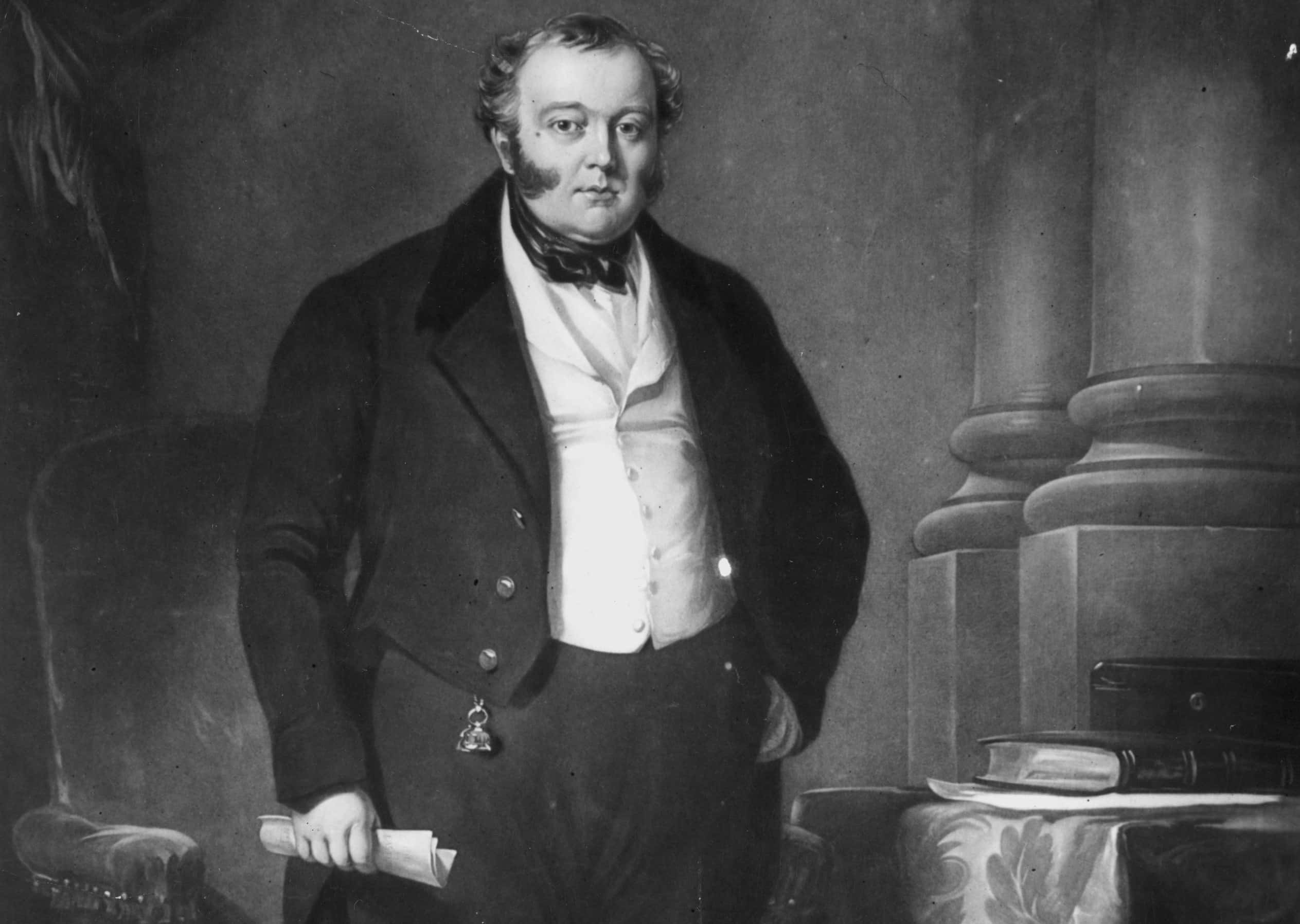 Getty Images
Getty Images
10. Work Long, Be Gone Unhappy
Life expectancy was low in the cities during the Industrial Revolution. In 1841, the average life expectancy in London was 37 years of age. Think that's bad? It was 26 in Liverpool! Furthermore, a child had up to a 33% chance of dying before reaching the age of five.
9. Medicine
With all the innovation occurring in production, transportation, and capitalism, you’d think medicine would get an overhaul too. Unfortunately, most doctors in Great Britain during the first half of the 19th century–even those with formal training–used primitive and unscientific methods to treat patients. Leeching, mercury potions, laxatives, and the use of vomiting were prescribed to treat a variety of ailments.
8. Cigar is Bad for Your Carrots
The Smoke Nuisance Abatement Act of 1853 was passed by Parliament to control the damage smoke pollution had on vegetation and air quality. The Act allowed inspectors to work with the metropolitan officers to identify polluters (mostly in the form of steam vessels and furnaces) and reduce their impact on the environment.
7. Acid, For Your Wounds
Patients who underwent surgery during the Industrial Revolution often had issues, sometimes fatal, with post-op bacterial infections. Joseph Lister, a surgeon, developed a remedy for this: spray the skin with carbolic acid, or phenol. However, while phenol kills the surface area bacteria on the skin, it also can cause second and third-degree burns, swelling of the lungs, and seizures.
6. Not Even a Pint
One of the byproducts of industrialization was better and cheaper production of booze. Yet an intoxicated workforce was an efficiency thing to capitalist plant owners who frowned upon drinking. Temperance groups including the Methodist Church encouraged people to take a pledge of sobriety despite the proliferation of booze.
 Getty Images
Getty Images
5. A Drug for the Masses
The poor British working class took a liking for coffee during the Industrial Revolution, both for its use as a quick pick-me-up and as a meal replacement.
4. It’s a Small World After All
A benefit everyone enjoyed during the Industrial Revolution was how little time it took to get from point A to point B. By 1880, it only took, on average, four hours to travel from London to Manchester (208 miles). In 1700, the same trip took four days.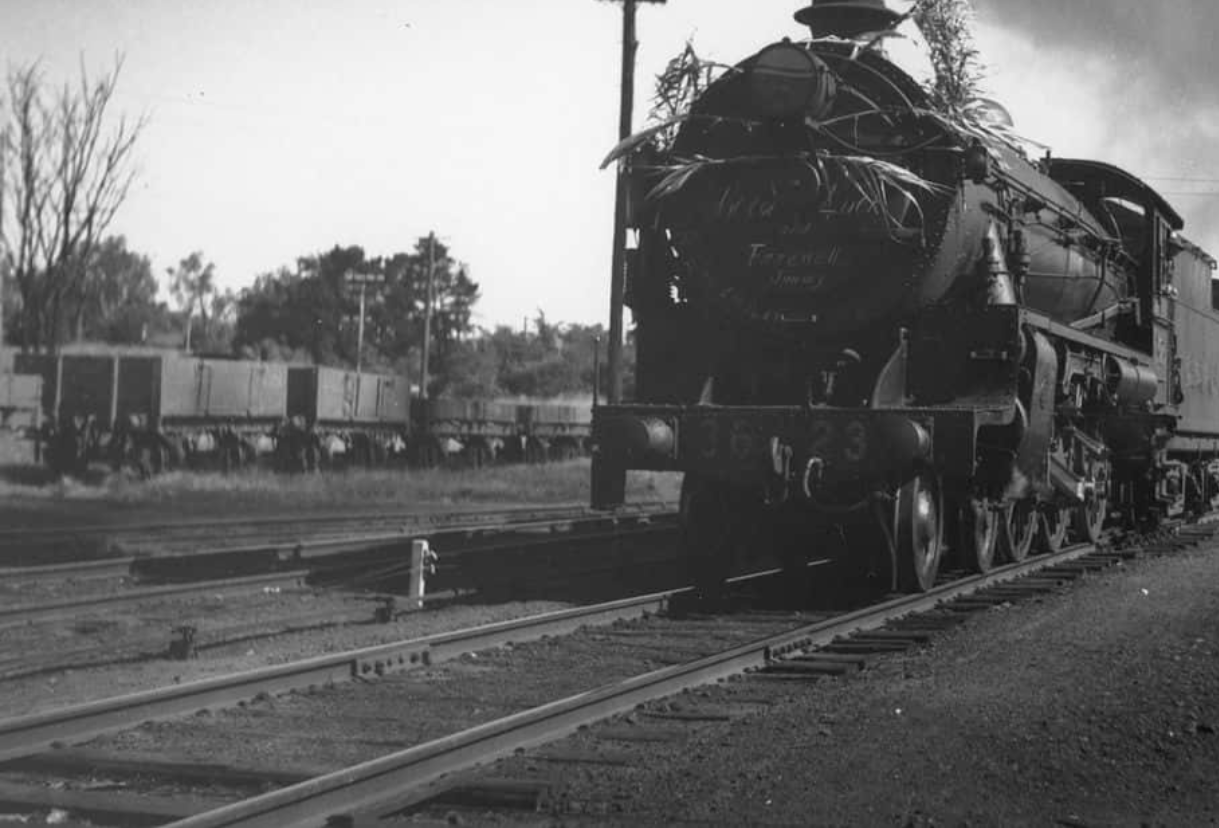 Wikimedia Commons
Wikimedia Commons
3. Busted
The Combination Acts of 1799 and 1800 imposed a three-month lock up sentence (or, alternatively, two months of hard labor) on any worker who conspired with another worker as a way to get better wages, hours, or working conditions. This act of Parliament, an early form of anti-unionism, was repealed in 1824.
2. Cramped
One of the lasting impacts of the Industrial Revolution was population growth and urbanization. The revolution brought a population growth of 260%, with 85% of the British population living in tight, growing, and generally cramped towns by 1900.
1. Get to Work
The Industrial Revolution is known today for its many human rights abuses. For instance, it was perfectly lawful for policemen to put homeless children into forced apprenticeships and other forms of forced labor. That likely wouldn't fly today.
Sources: 1, 2, 3, 4, 5, 6, 7, 8, 9, 10, 11, 12, 13, 14, 15, 16, 17, 18, 19, 20, 21, 22



